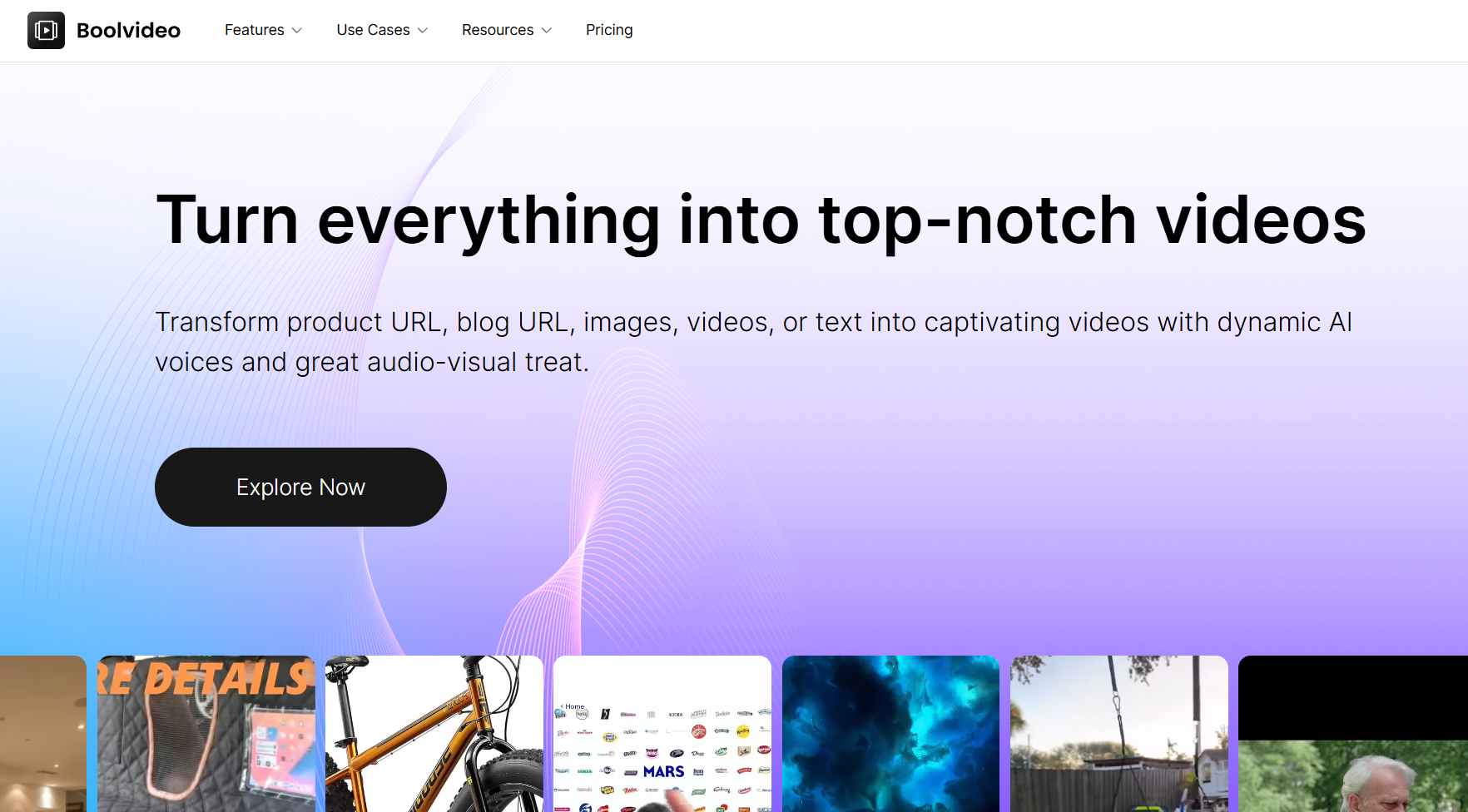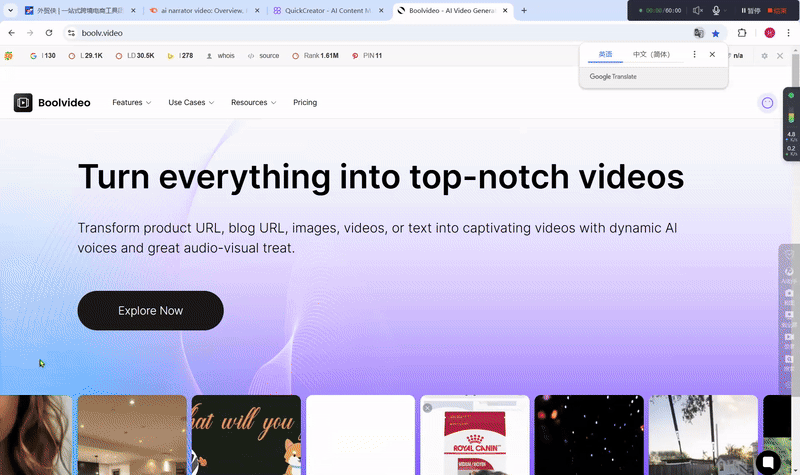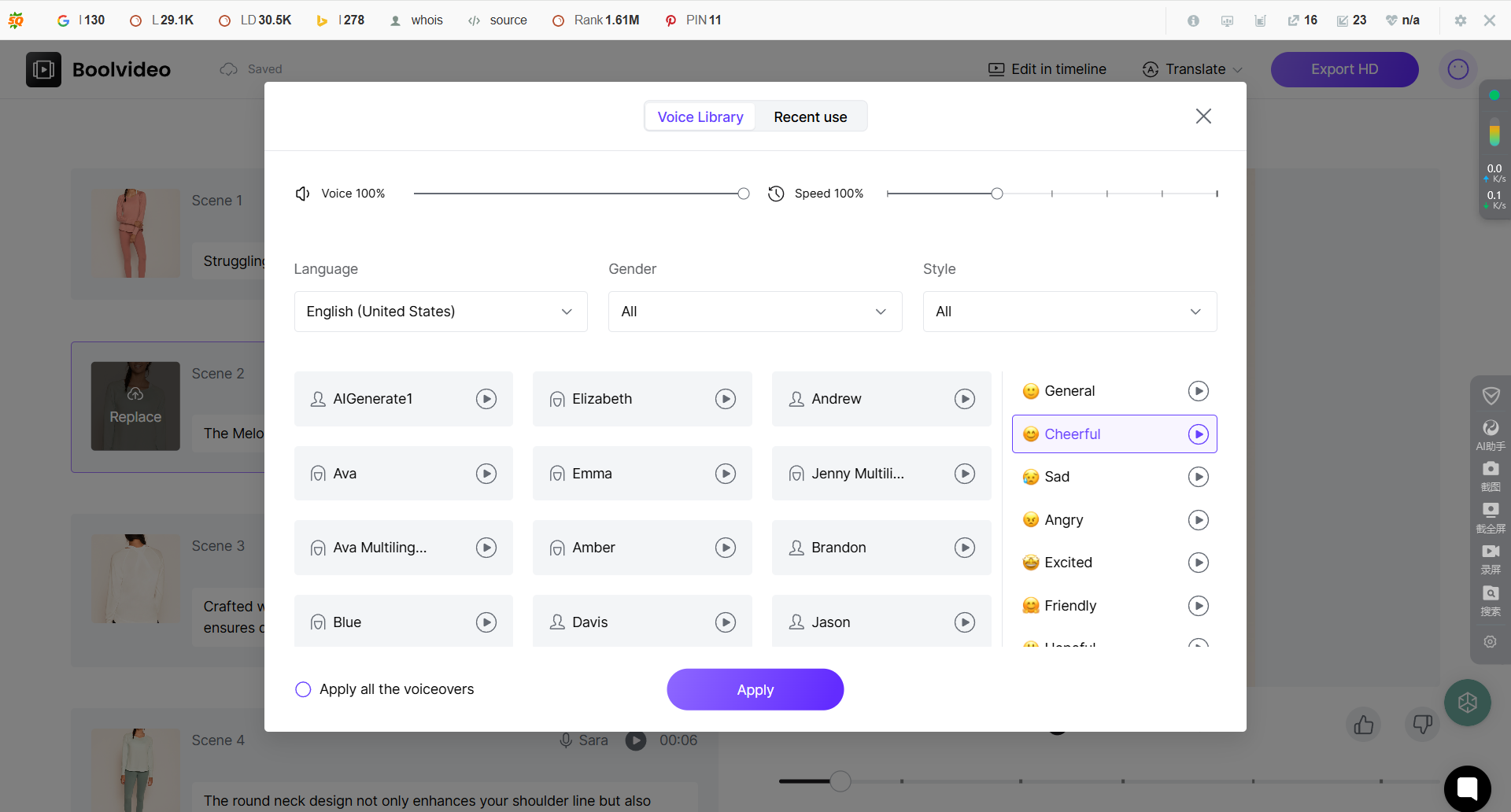How to Create AI Narrator Videos for Beginners

Creating an AI narrator video is easier than you might think. Whether you want to make explainer videos or share engaging stories, AI tools can help you bring your ideas to life. These tools let you produce professional-quality video content without expensive equipment or advanced skills. You can choose from various voices, languages, and styles to match your project perfectly. Narration using artificial intelligence saves time and effort, making it a game-changer for content creation. You can make videos that captivate your audience with just a few steps.
Why Choose AI Narration for Your Video?
AI narration has become a popular choice for creators, and it’s easy to see why. Whether you’re working on a small project or producing high-volume content, AI voiceovers offer unique advantages that make the process smoother and more efficient.
Benefits of AI Narration
Cost-effective and time-saving
Hiring professional voice actors can be expensive, especially for smaller projects. Traditional voiceover services often charge $200 to $500 per hour, which can quickly exceed your budget. AI voice-over tools, on the other hand, are much more affordable. Many platforms offer one-time fees or even free options, saving you money while maintaining quality. Plus, AI-generated videos are faster to produce. You can generate a voiceover in minutes, giving you more time to focus on other aspects of your video.
Wide variety of voice styles and languages
AI tools provide access to a vast library of voices, languages, and accents. You can choose human-like AI voices that suit your audience, whether you’re targeting a local or global market. Need a friendly tone or a professional style? AI voice overs let you customize the voice to match your project’s theme. This flexibility ensures your content resonates with your viewers.
AI Narration vs. Traditional Voiceovers
Flexibility and scalability of AI tools
AI voice generators are ideal for projects that require scalability. Whether you’re creating multilingual videos or producing content in bulk, AI tools handle it effortlessly. Traditional voice actors may struggle to meet tight deadlines or adapt to last-minute changes, but AI narration offers unmatched flexibility.
Step-by-Step Guide to Creating an AI Narrator Video

Write a Script for Your Narrated Video
Your script is the backbone of your video. A well-written script ensures your narration sounds natural and engaging. Follow these steps to craft a script tailored for AI narration:
Understand your audience: Think about who will watch your video. Consider their age, preferences, and expectations.
Develop a creative concept: Build a strong idea that aligns with your video’s purpose.
Write clearly: Use simple sentences and read them aloud. This helps you check if the words flow naturally when spoken.
Edit thoroughly: Step away from your script for a while, then revisit it. Remove unnecessary words or fillers to keep it concise.
When writing for an AI voice generator, keep the text straightforward. Use punctuation to guide pauses and emphasize key points. This ensures the AI voice-over tool delivers your message effectively.
Select the Right AI Voice Generator
Choosing the appropriate AI speech-generation tool is crucial for creating high-quality narratives. I recommend a particularly useful one to you - Boolvideo!

Create Your Video Now
Come and create your own AI voiceover video
It can not only automatically generate videos for you, but also help you dub the generated videos. According to previous users, they all found the dubbing very natural and fit the style of the video.

Firstly, Boolvideo has the following advantages:
Realistic sound quality, like human voice.
Customize options such as speed, pitch, and accent.
Suitable for various sounds in different projects.
User friendly interface for easy navigation.
Commercial use license to avoid legal issues.

After using it to generate videos, you can freely change the dubbing. There are dozens of voices for you to choose from, with various styles available. You can choose according to your preferences or preferences~
Customize the AI Voice for Your Video
Customizing the AI voice ensures it matches your video’s theme. Adjust settings like tone, pitch, and speed to create the desired effect. For example, a slower pace works well for instructional videos, while a faster one adds excitement to promotional content.
Here’s a quick guide to best practices:
Aspect | Best Practice Description |
|---|---|
Speed | Slow down for clarity or speed up for energy. |
Volume | Keep volume balanced to maintain clarity and emphasis. |
Contextual Emotions | Add emotions like excitement for ads or calmness for tutorials. |
Timing | Sync narration with visuals for smooth transitions. |
Tone Matching | Align the voice tone with your video’s mood and message. |
Experiment with these settings to achieve smart AI voice generation that feels natural and engaging. This step is key to turning your AI voice to video seamlessly.
Synchronize Narration with Visuals
Getting your narration to align perfectly with your visuals is crucial for creating a polished video. This step ensures your audience stays engaged and understands your message clearly.
Using video editing software for alignment
To synchronize your AI narration with visuals, you’ll need reliable video editing software. Tools like Adobe Premiere Pro, Final Cut Pro, or even free options like DaVinci Resolve can help. Start by importing your visuals and the AI-generated audio into the editor. Drag and drop the audio onto the timeline, then adjust its position to match the visuals.
Pay attention to key moments in your video. For example, if your narration mentions a specific action or image, make sure it appears on screen at the right time. Use the software’s zoom feature to fine-tune the alignment frame by frame. This precision makes your video feel seamless and professional.
Ensuring smooth transitions and timing
Smooth transitions between scenes and narration are essential. Avoid abrupt cuts that might confuse your viewers. Instead, use fade-ins, fade-outs, or cross-dissolves to create a natural flow.
Timing is everything. If your narration feels rushed or too slow, adjust the pacing. Most editing tools let you stretch or compress the audio slightly without distorting the voice. Test the timing by playing back the video multiple times. This helps you spot any mismatches and fix them before finalizing.
Export and Review Your Final Narrated Video
Once your narration and visuals are perfectly synced, it’s time to export and review your video. This step ensures you deliver high-quality voiceovers and visuals to your audience.
Exporting in high-quality formats
Choose the right format for exporting your video. MP4 is a popular choice because it balances quality and file size. If you’re uploading to platforms like YouTube, check their recommended settings for resolution and bitrate. Always export in the highest quality your software allows to maintain clarity.
Before exporting, double-check your settings. Ensure the resolution matches your visuals, and the audio bitrate is high enough to preserve the AI narration’s quality. A small mistake here can affect the final output.
Reviewing for errors and making improvements
After exporting, watch your video from start to finish. Look for any errors, like misaligned narration or awkward transitions. Listen closely to the AI voice to ensure it sounds natural and matches the visuals.
Ask for feedback from friends or colleagues. A fresh pair of eyes can catch mistakes you might’ve missed. If you spot issues, don’t hesitate to go back and make adjustments. This extra effort ensures your video stands out and leaves a lasting impression.
Tips for Creating Professional AI Narrated Videos

Enhance Your Script for AI Tools
Use simple language and clear punctuation
When writing a script for AI narration, simplicity is key. Use short, clear sentences that are easy to understand. Avoid jargon or overly complex words. Punctuation is just as important. Commas, periods, and question marks help guide the AI in delivering a natural-sounding voice. For example, a well-placed pause can make your narration feel more conversational and engaging.
Guide AI intonation with proper formatting
AI tools rely on your script to determine tone and emphasis. Use formatting tricks like bold text or capitalization sparingly to highlight important words. For instance, writing "This is AMAZING!" can prompt the AI to add excitement. Break long paragraphs into smaller chunks to improve pacing. These small adjustments can make your text to speech output sound more human-like.
Improve Video Quality with Additional Elements
Add background music and sound effects
Music and sound effects can elevate your video. A soft instrumental track can set the mood, while sound effects add depth to your visuals. Choose audio that complements your narration without overpowering it. Many free libraries offer royalty-free options, so you don’t have to worry about licensing issues.
Use high-resolution visuals to complement the narration
Pair your AI narration with crisp, high-quality visuals. Whether you’re using stock footage or custom animations, ensure they align with your script. Clear visuals keep your audience engaged and make your message more impactful. A polished video with sharp images and smooth transitions leaves a lasting impression.
Experiment with AI Voice Options
Test different voices to find the best fit
AI tools offer a variety of voices, so don’t settle for the first one you try. Experiment with different tones, accents, and styles to match your video’s theme. A friendly voice might work for tutorials, while a formal tone suits corporate presentations. Testing options ensure your narration feels authentic.
Combine multiple voices for dynamic storytelling
Using multiple AI voices can bring your video to life. For example, you can assign different voices to characters in a story or alternate narrators for a documentary. This approach adds variety and keeps viewers engaged. AI voiceover technology excels at creating realistic vocal performances, making it easier to guide your audience and weave a seamless narrative.
AI narrator videos make content creation simple and accessible for everyone. You don’t need expensive equipment or professional skills to get started. By following a few steps, like writing a script, choosing a text-to-speech tool, and customizing voice settings, you can create narrated videos that look and sound professional. AI tools like ChatGPT and Runway simplify the process even further, letting you focus on your creativity.
Why wait? Dive into the world of AI today and transform your ideas into engaging videos. The possibilities are endless, and your audience is ready to listen!
FAQ
What is an AI narrator video?
An AI narrator video uses artificial intelligence to generate voiceovers for your visuals. It combines text-to-speech technology with video editing to create professional content. You don’t need advanced skills or expensive tools to make one.
Can I use AI narration for any type of video?
Yes! AI narration works for tutorials, explainer videos, ads, and more. You can customize the voice to match your project’s tone. Whether it’s formal or casual, AI tools adapt to your needs.
Are AI voice generators free to use?
Some AI tools offer free plans with limited features. For advanced options like voice customization or longer scripts, you might need a paid subscription. Always check the pricing before starting.
How do I make AI narration sound natural?
Write a clear script with proper punctuation. Adjust the AI voice settings for tone, speed, and pitch. Test different voices to find the best fit. These tweaks help your narration feel more human-like.
Can I monetize videos with AI narration?
Yes, but ensure the AI tool you use allows commercial use. Check the licensing terms to avoid legal issues. Many platforms offer rights for monetized content, so you’re covered.
See Also
Transform Text Into Captivating Videos Using AI Tools
Harness AI Technology to Craft Innovative Video Scripts
Effortlessly Transform Blog Posts Into Videos Using AI
Top Five AI Video Creation Tools for 2025 Content Makers
Generate Lucrative Anonymous YouTube Videos Using AI in 2025


